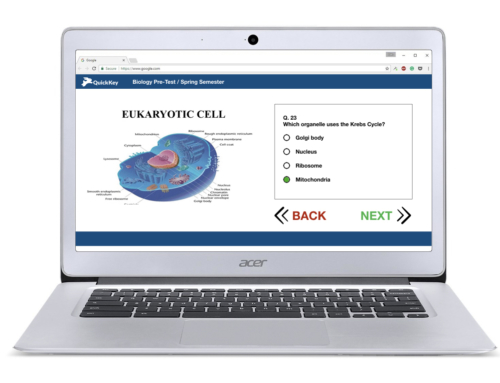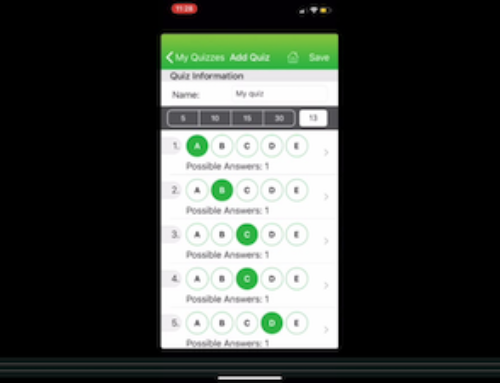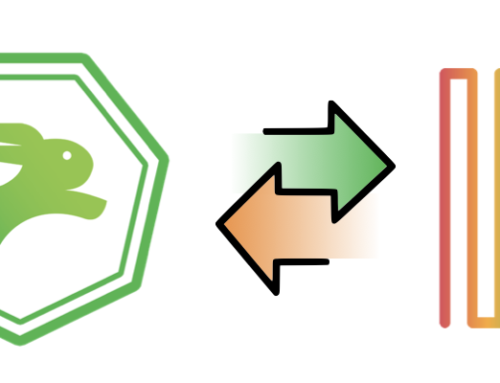
It’s That Time of Year Again…
Lo and behold, it’s time to start getting ready for state tests. So: what are you going to do this year, that you didn’t do last year, to maximize your students’ success on these upcoming exams? Data from traditional formative assessments – i.e. benchmark tests – aren’t going to to cut it. You need rapid and frequent feedback to personalize instruction and engage students in order to get everybody where they need to be.
The Right Kinds of Formative Assessments WILL Improve your Summative Scores!
By now you are probably on the formative assessment bandwagon, and if you haven’t seen measurable results from whatever processes you have in place already, you are probably still confident that measuring student mastery several times throughout the semester is a solid plan. You would be right. Formative assessment, and by that I mean frequent formative assessments that deliver real-time feedback to both teachers and students in the classroom, is a well-documented path to higher student achievement.
The Wrong Formative Assessments will WASTE YOUR TIME & ENERGY!
But like anything else in this world, success is not guaranteed and it is actually pretty easy to waste time and effort. Here at Quick Key we see a lot of schools and districts getting into PLC, mastery learning, common formatives, and pacing guides. By the time they come to us they have usually been through several iterations with mixed success. So here are the top 5 ways to make sure your formative assessments deliver results on your summative assessments.
Top Five Ways to Ensure your Formatives get Results on the Summative Assessments
#5: Are the data instantly available to teachers & students in the classroom?
Teachers really don’t need more hassles, or data that comes back to them days or weeks later. A formative assessment that helps drive mastery today is one where the results and the analysis of who needs remediation are available immediately. Students also need to be engaged, and I don’t need to tell you that instant gratification is a must with today’s students. Use every method you have available to engage your students, and definitely give them instant feedback on their formative quizzes … the very same day.
#4: Is it easy for teachers to share their results and analysis with their colleagues?
An open door attitude – one where teachers feel good about sharing their experience and data with colleagues – is great. So is having a formal PLC and RTI process established. But ask your teachers whether their formative assessment data and analysis are easy to interpret and share with each other. If it isn’t then most of the time they spend on PLC and RTI will be wasted.
#3: Does your formative assessment tool allow existing assessments to be used without a lot of hassle?
Most formative assessment tools today rely on either static item banks or teachers laboriously authoring new items inside of a website interface. This can be a big drawback, because it does not allow teachers to take advantage of quizzes and other formative assessments they have already written in Microsoft Word or Google Docs in prior years. Pre-existing assessments can be important in getting over the hurdle of using a formative assessment tool, especially when the supplied item bank is not of a high quality or not well aligned with the standards that you need.
#2: Does your formative assessment tool allow a single assessment to be deployed across both paper and digital?
This one is especially important when you are using common assessments. Within a district or even within a single school some teachers may be more comfortable using paper for assessments or Chromebooks or tablets. If your formative assessment tool does not allow a single quiz to be deployed across all of these mediums it can throw a wrench into your PLC for RTI process.
#1: Most important of all: have any of your peers said that the formative assessment tool has actually contributed to student outcomes?
It might seem strange to attribute improvements in student achievement on a summative test to the choice of formative assessment technology. However time and again, in practice, school leaders and teachers are finding that the choice of technology has an outsized impact on the success of PLC and RTI processes. In fact it is not difficult to find school leaders and teachers attributing newfound success to a change of technology. On the flip side, it is also common to find school leaders and teachers complain that their formative assessment technology is too difficult to use, preventing them from reaching their goals.
Is it time to take a new look at what’s out there?
Your district probably already provides some kind of tool for frequent formative assessment. Unfortunately much of the time these tools are embedded in a very large system that the district has purchased for other reasons (such as managing student information), with an assessment tool bolted-on. The formative assessment component of the systems can be an afterthought, or an adaptation of a tool built for summative assessments, with few of the needed features for rapid formative assessment success.
Take a look at our guide to how to find the right formative assessment technology for your unique situation. Then talk to your district leaders about funding the solution in your school. Remind them that experimentation in classrooms is what drives innovation in the district. Principals, teachers, and students should have the right use the tools that results in real learning … and better test scores, too.






